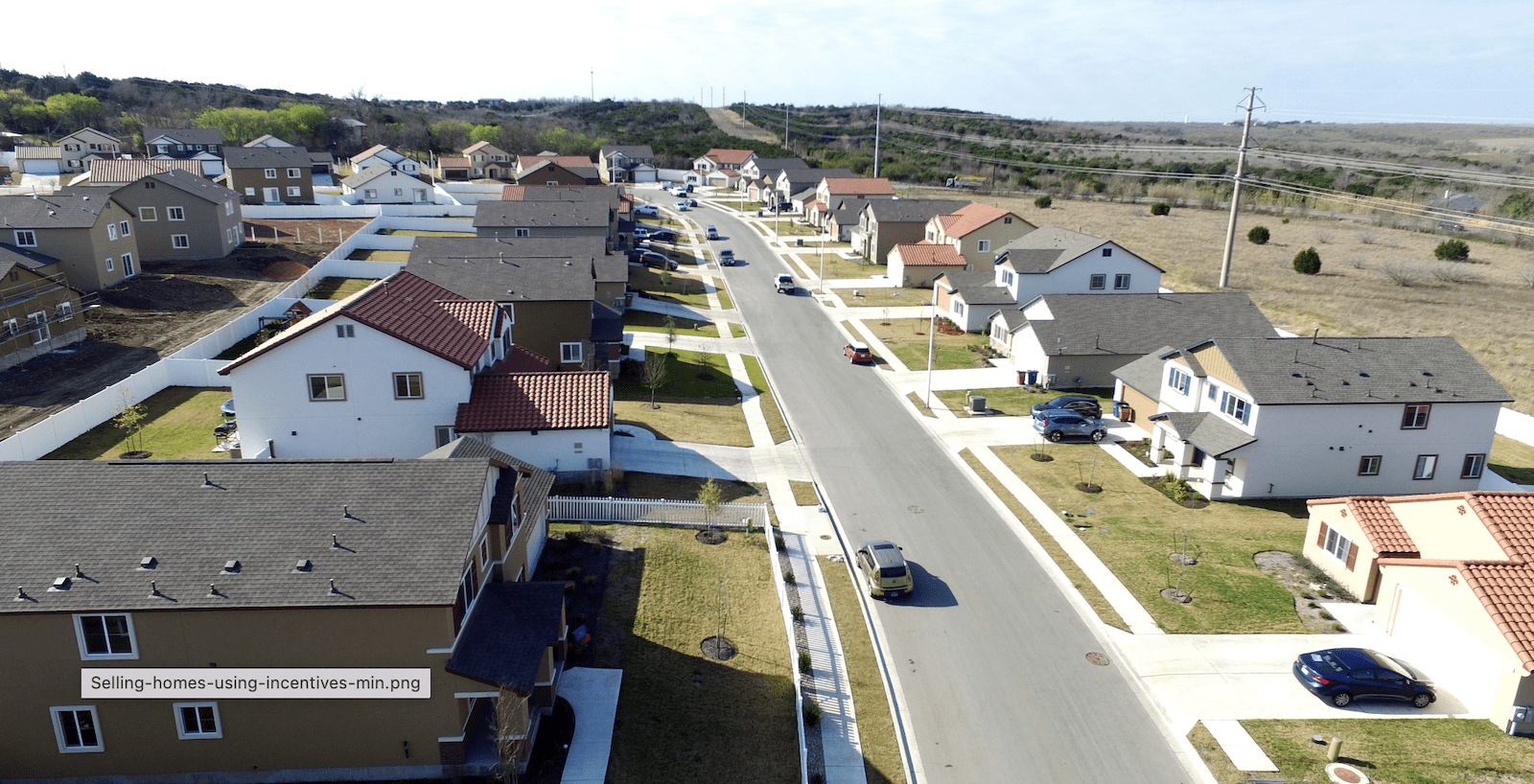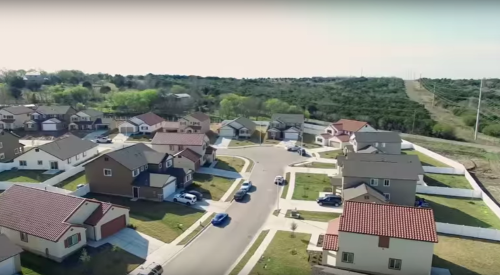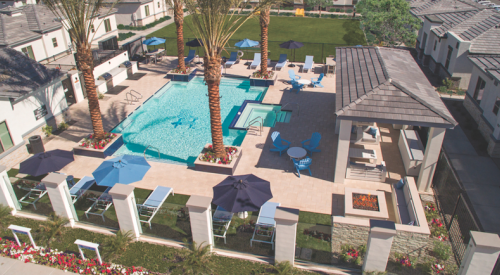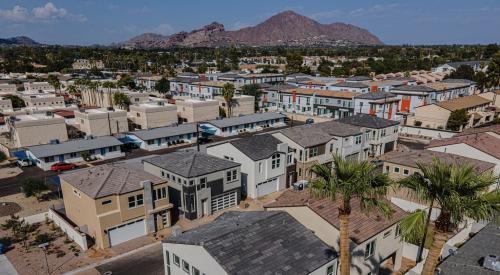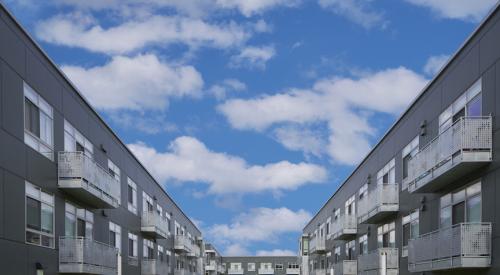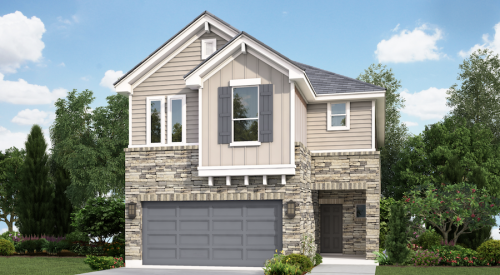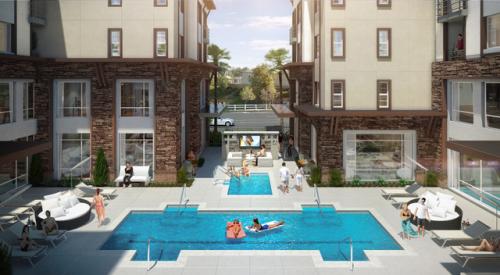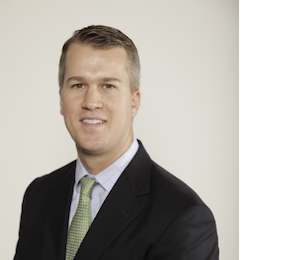
President and co-founder
AHV Communities, Austin, Texas
Village at Vickery Grove has the elements that one expects in a luxury community of brand-new detached single-family houses: a pool, clubhouse, fitness center, grilling area, and dog park, all situated across the street from an elementary school. One difference, however, is that the residents of this mini master planned community are renters. The San Antonio development is the first of five Texas communities to be built by Spencer Rinker and Mark Wolf, co-founders of AHV Communities, where tenants won’t share a common wall with a neighbor. The multifamily veterans have created a product that essentially combines the operating efficiencies of managing apartments in a centralized location with the benefits of living in a detached single-family home.
Q: Tell us about the customer groups that AHV is targeting and why those customers are renting.
A: What we’re seeing is a pretty broad range of consumers, mostly starting from young families—the Millennials—up to the empty nesters and active adults. Those are the two primary demographics that we’re targeting, but we’re also seeing people in between, like more established families, and we even have some single people who desire to rent a home. They have the means to own but simply don’t want to deal with the maintenance or commitment of owning a house. There certainly is a mix of people who are selecting home rental over an apartment. They don’t have the means to purchase a home because they have student debt, and they’re shifting around from job to job. There also is a large cohort of people who are attracted to the freedom and flexibility of a lease. They like not having a long commitment and that we provide yard care and maintenance.
Q: Do you have any insights into whether your customers are likely to be longer-term renters than is typical for people who rent?
A: We’re really excited that we’re offering this type of product, which previously hasn’t existed as far as we’re aware. It’s a lower-density apartment community with all the benefits of a single-family home, and it provides an option for consumers that wasn’t available before. Our value proposition has been very simple from Day 1: Would you rather rent a single-family home with a yard and all the services of a Class A apartment? Would you pick that over a two- or three-bedroom apartment? We think it’s a straightforward value proposition, and I do think we’ll see longer-term renters. If you look at the public single-family REITs, they’re all recording retention ratios of 75 percent or more. That’s incredibly high in the rental world. A typical apartment will have maybe 40 to 60 percent on the high end. People are definitely favoring the single-family home for long-term renting, and I think that our communities are probably going to outperform on them. It’s still too early to tell, but we’re excited about providing that product to those folks.
RELATED
- What’s Driving the Demand for Single-Family Rental Homes?
- How BB Living Is Redefining the Build-For-Rent Sector
- Built to Rent Is Booming, But Operational Challenges Loom for This Housing Sector
Q: How are these communities changing the rental product?
A: These are newer communities, and over time they will age, but most single-family rentals are 10 to 20 years old and the investor owner doesn’t have control over the neighbor. Even if it’s an HOA, you can still have someone who parks on the front lawn or has a dog that barks excessively. We control all of that. We have requirements for renting, defined pet restrictions, and controls on parking. It’s really a luxury community priced better than a high-end apartment. So it’s a very attractive living environment for anybody.
Q: What has been the initial reaction of municipalities and planning commissions when you present this concept?
A: Every city is different. We’ve made it a point to work closely with city staff and city councils and to convey our vision for our communities. We walk them through the conceptual plans and the leasing environment in terms of income and the controls with respect to pets and so on. They understand, in essence, that our plans are sort of a smaller master planned community with one difference being that we control and maintain the homes and the yards, and we have better outcomes than any HOA because we have a long-term commitment and we’re going to make sure that our investments are going to perform. We haven’t run into any real resistance. It just takes some healthy dialogue to convey our vision and commitment that these are truly luxury rental communities.
We’re really excited that we’re offering this type of product, which previously hasn’t existed as far as we’re aware. It’s a lower-density apartment community with all the benefits of a single-family home, and it provides an option for consumers that wasn’t available before.
Q: What is your competition?
A: Our competition is apartments and older single-family rentals. Our value proposition is pretty straightforward. Would you rather rent apartments with someone above or below you, maybe a covered parking stall, or a single car garage without direct access or would you rather rent a home with a yard and a two-car direct access garage. I think it’s pretty straightforward.
Q: What are your expansion plans?
A: We closed on a site in Georgetown [Texas] last month that we are really excited about. Georgetown is a rapidly growing suburban community of Austin, and it probably is the most well known in the real estate community for Pulte’s Del Webb Sun City community with 7,500 homes all age restricted. Schools there are highly desirable, and it’s a really good lifestyle that people are likely to select over other suburban communities. We’re really excited about that project.
We have five communities in Texas in various stages of development and construction, and we have two more in contract that we are expected to close in the next couple of months. We’re starting to look at sites in new markets. Our target markets, North Carolina and Nashville, are two markets we want to pursue. We also are looking at sites in Southern California currently and then I think down the road we’ll look at Florida and Dallas. As we enter those markets we’ll try to replicate what we did in Texas in terms of building a local team out there making sure we have all the right capital for execution. We built a really good team in Texas that we are proud of. What we find incredibly valuable when we enter a new market is working with the local landowners and developers and partnering with them to get the lay of the land and find attractive sites that we otherwise would not be able to purchase and have a guide for new markets to make sure we are doing it right.
Our communities are all market rate. There’s no age restriction or qualifier like that, but certainly down the road our plans are to build active adult 55-plus communities and restrict them to that demographic. We would amenitize it more with community type activities and really cater to that demographic. We’re excited about that.
